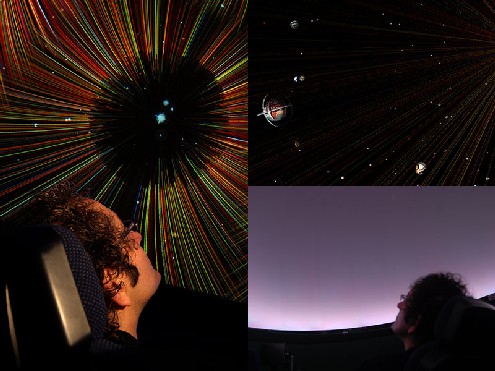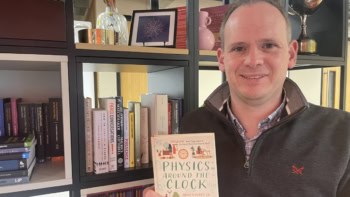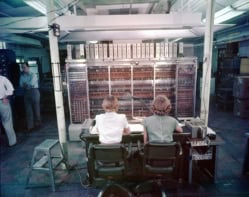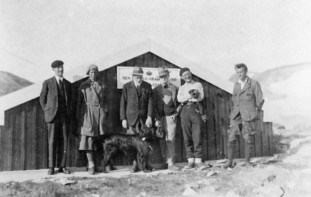
Techno. Science. Art
By James Dacey
One aim of this International Year of Astronomy (IYA2009 is to ground astronomy in popular culture and inspire people to consider the role that star-gazing has played throughout history.
“Astronomy is not just a modern science but a fundamental reflection of how all people, past and present, understand themselves in relation to the Universe,” reads the Astronomy and World Heritage website.
Inspired by this grandiose mission, artist and researcher Michael Takeo Magruder has represented the influence of broadcast technology on the near-Earth environment by creating a visual representation of the Radiosphere.
The geometry of “Data_set” is derived from the positions of all the stars listed by astronomers in catalogues like Hipparcos. Star types are represented by shape, with living stars appearing as spheres, brown dwarves as incomplete spheres, and white dwarves as compressed crosses.
These stellar nodes are then connected to a central spherical body representing our solar system, by lines coloured according to the spectral class of the individual stars.
to heighten the sensory experience, images and sounds – streamed live from the BBC world service – are layered on top of the 3-D light show.
“The televised broadcast of the Berlin Olympics in 1936 was humanity’s first media transmission powerful enough to pass through Earth’s ionosphere and travel into deep space… in the 73 years since that defining moment, our communications have reached nearly two thousand other known star systems,” reads the press release.
“Data_set” has been created especially for IYA2009 and is hosted now at the Thinktank Planetarium in Birmingham, UK.



